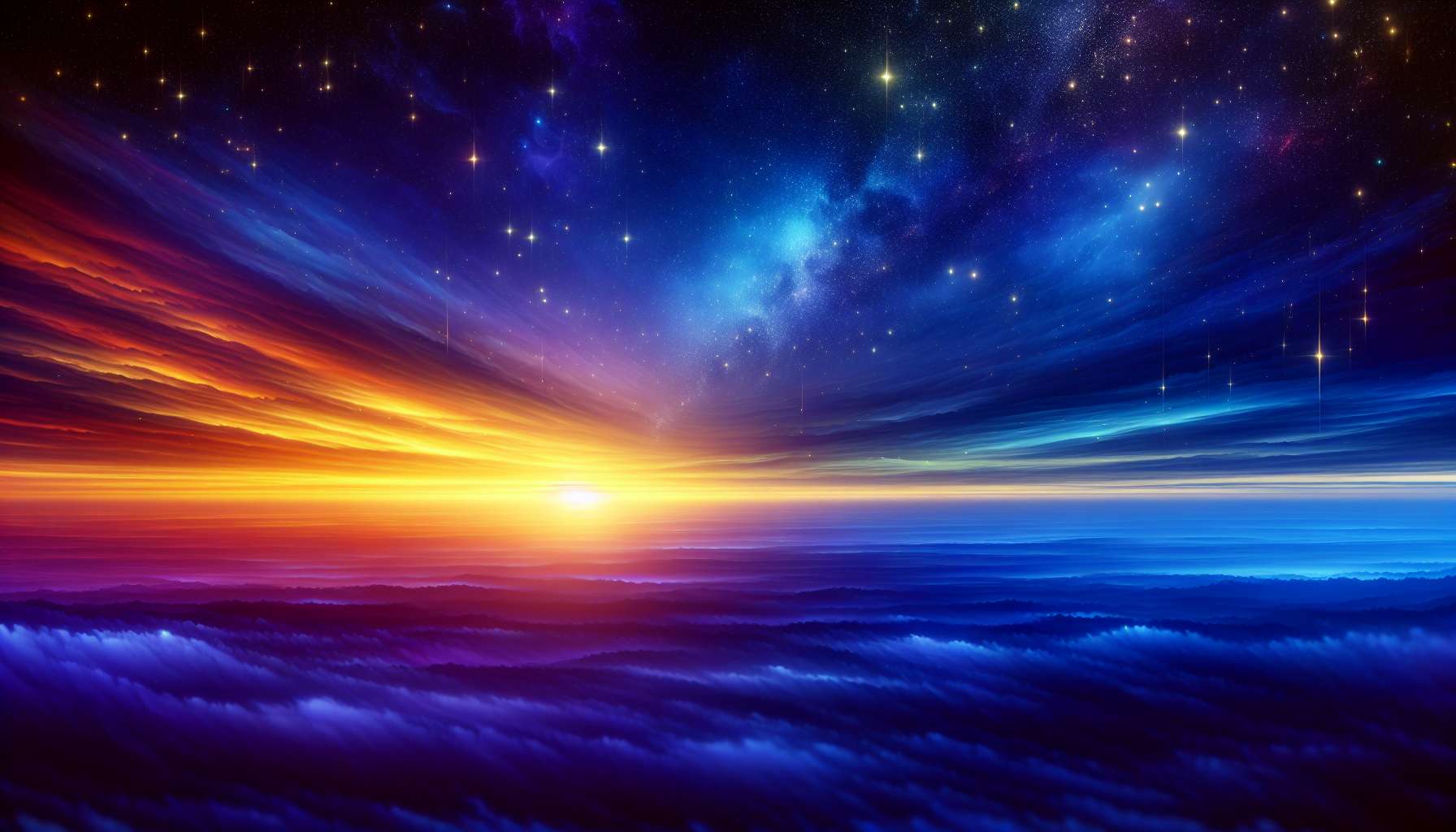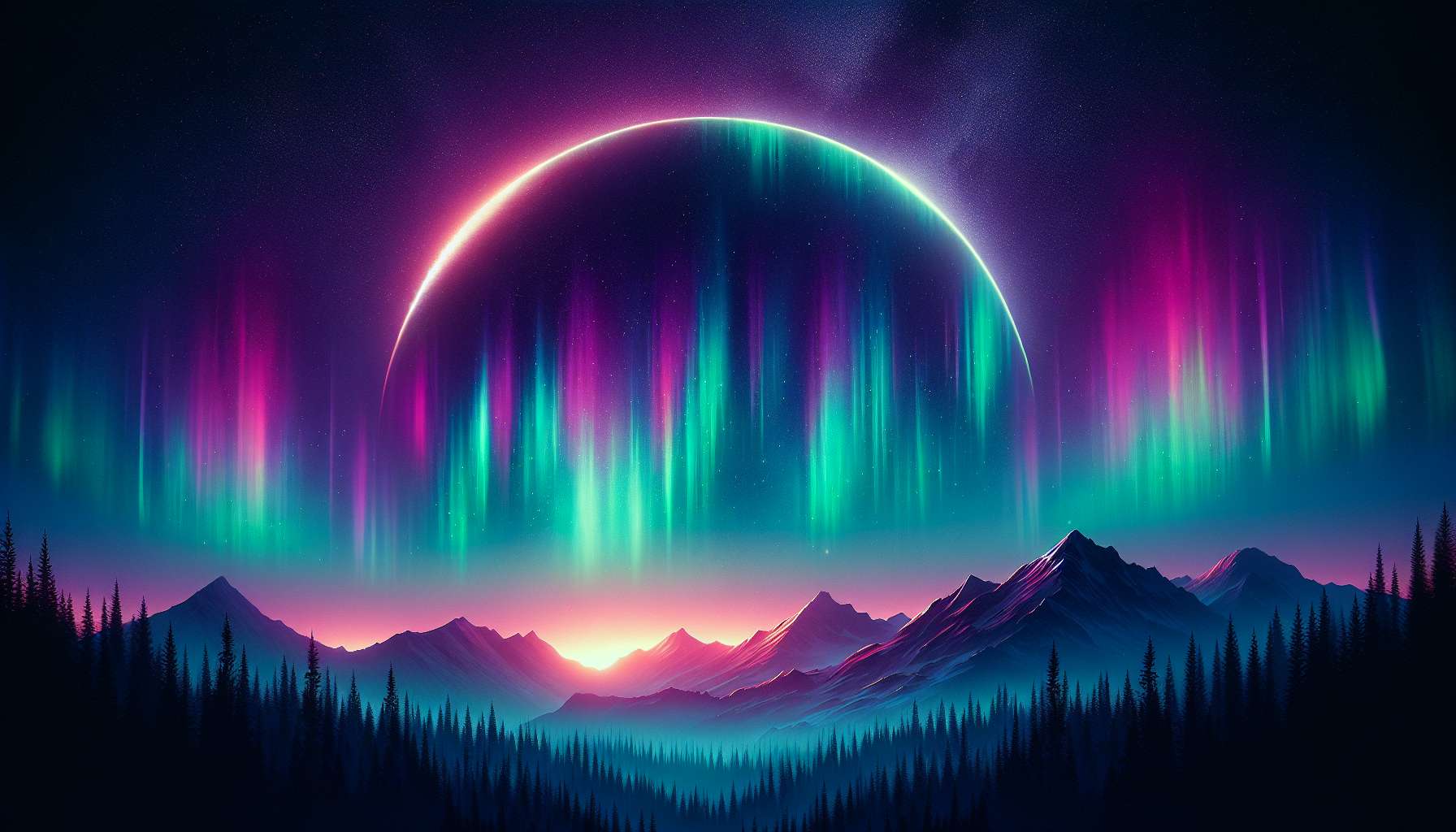Unlocking the Mysteries of Stellar Twilight Impressions
Have you ever gazed up at the sky during that magical time between sunset and complete darkness, known as twilight? The fading light, the emergence of stars, and the changing colors of the sky create a mesmerizing spectacle that has captivated humans for centuries. But what if I told you that there is more to twilight than meets the eye? Enter the fascinating world of stellar twilight impressions, where science, art, and awe-inspiring beauty collide.
The Science of Twilight
Twilight is the period of time between sunset and complete darkness when the sky is partially illuminated. This phenomenon occurs due to the scattering of sunlight in the Earth’s atmosphere, even after the sun has dipped below the horizon. There are three main phases of twilight: civil, nautical, and astronomical twilight, each characterized by different levels of illumination in the sky.
Civil twilight is the first phase, occurring immediately after sunset. During this time, the sky is still relatively bright, and it is possible to see without artificial lighting. Nautical twilight follows civil twilight and is marked by a decrease in ambient light, making it difficult to distinguish the horizon at sea. Lastly, astronomical twilight is the darkest phase of twilight, when the sky is nearly devoid of sunlight, and stars become visible.
Stellar twilight impressions are the visual and emotional experiences that individuals have during this transitional period. It is a time when the boundary between day and night blurs, and the beauty of the cosmos is laid bare before our eyes. From the subtle play of colors in the sky to the appearance of twinkling stars, stellar twilight impressions evoke a sense of wonder and contemplation.
The Artistic Inspiration of Twilight
Throughout history, artists have been inspired by the ethereal beauty of twilight. The changing light, the interplay of shadows, and the dramatic colors of the sky have served as muses for painters, poets, and photographers alike. One of the most iconic examples of twilight in art is Vincent van Gogh’s masterpiece, “Starry Night,” which captures the essence of a starry night sky during twilight.
Photographers also seek to capture the magic of twilight through long exposures and creative compositions. The soft, diffused light of twilight lends a dreamlike quality to images, creating a sense of mystery and tranquility. From cityscapes bathed in the warm glow of streetlights to landscapes illuminated by the last rays of the setting sun, twilight offers endless possibilities for artistic expression.
Stellar twilight impressions have influenced various art forms, from literature to music, serving as a source of inspiration for countless creative works. The fleeting nature of twilight, its evocative mood, and the sense of transition it embodies make it a compelling subject for artists seeking to capture the essence of beauty and transience.
The Emotional Impact of Twilight
Beyond its scientific and artistic significance, twilight also holds a profound emotional impact on individuals. The serene beauty of the twilight sky, the quiet stillness of the evening, and the sense of transition from day to night evoke a range of emotions, from nostalgia to awe.
Many people find solace in the peaceful moments of twilight, using this time to reflect, unwind, and connect with the world around them. The gentle transition from light to darkness mirrors the cyclical nature of life, reminding us of the impermanence of time and the beauty of fleeting moments.
Stellar twilight impressions can also evoke a sense of wonder and curiosity about the universe. The sight of stars emerging in the darkening sky, the vastness of space stretching out before us, and the realization of our place in the cosmos can inspire feelings of awe and humility. Twilight serves as a reminder of the interconnectedness of all things and the infinite possibilities of the universe.
The Future of Twilight Studies
As technology advances and our understanding of the universe deepens, researchers are exploring new ways to study twilight and its effects on the environment and human behavior. The study of twilight, known as crepuscular studies, encompasses a wide range of disciplines, from astronomy to psychology.
Astronomers use twilight observations to study the properties of the Earth’s atmosphere, the behavior of celestial objects at twilight, and the impact of twilight on astronomical observations. By analyzing the changing light conditions during twilight, astronomers can gather valuable data about the composition of the atmosphere, light pollution levels, and the visibility of celestial objects.
Psychologists study the emotional and psychological effects of twilight on human behavior and well-being. Research has shown that exposure to natural light during twilight can have a positive impact on mood, sleep patterns, and overall health. By understanding the relationship between twilight and human physiology, researchers can develop new strategies for promoting well-being and enhancing environmental design.
Expert Opinions on Stellar Twilight Impressions
Dr. Sarah Johnson, an astronomer at the International Observatory, emphasizes the importance of studying twilight for understanding the Earth’s atmosphere and its impact on astronomical observations. According to Dr. Johnson, “Twilight is a crucial period for astronomers, as it provides valuable insights into the behavior of light in the atmosphere and the visibility of celestial objects. By studying twilight, we can improve our understanding of the universe and our place within it.”
Artist and photographer, Emily Roberts, shares her perspective on the artistic inspiration of twilight, stating, “Twilight is a magical time for creatives, as it offers a unique blend of light, color, and mood. As a photographer, I am constantly drawn to the beauty of twilight and the endless possibilities it presents for capturing stunning images. The interplay of light and shadow during twilight creates a sense of mystery and enchantment that is truly unparalleled.”
Common Misconceptions about Stellar Twilight Impressions
One common misconception about twilight is that it only occurs in the evening. In reality, twilight also occurs before sunrise, known as morning twilight. During morning twilight, the sky transitions from darkness to daylight, providing a different but equally captivating spectacle.
Another misconception is that twilight is simply a transitional period between day and night with no scientific significance. In fact, twilight plays a crucial role in atmospheric science, astronomy, and environmental studies. By studying twilight, researchers can gain valuable insights into the behavior of light in the atmosphere, the visibility of celestial objects, and the impact of artificial lighting on the environment.
Conclusion: Embracing the Beauty of Stellar Twilight Impressions
To wrap things up, stellar twilight impressions offer a unique blend of scientific wonder, artistic inspiration, and emotional depth. From the changing colors of the sky to the emergence of stars in the darkness, twilight captivates our senses and sparks our imagination. By embracing the beauty of twilight and exploring its many dimensions, we can gain a deeper appreciation for the natural world and our place within it.
As we continue to study and celebrate twilight, let us remember the importance of preserving the beauty of the night sky and protecting the environment for future generations. By cherishing the fleeting moments of twilight and the awe-inspiring sights it offers, we can cultivate a sense of wonder and connection to the cosmos that transcends time and space.
So, the next time you find yourself gazing up at the twilight sky, take a moment to appreciate the beauty and mystery of stellar twilight impressions. Let the magic of twilight inspire you, captivate you, and remind you of the infinite wonders that surround us each day.




